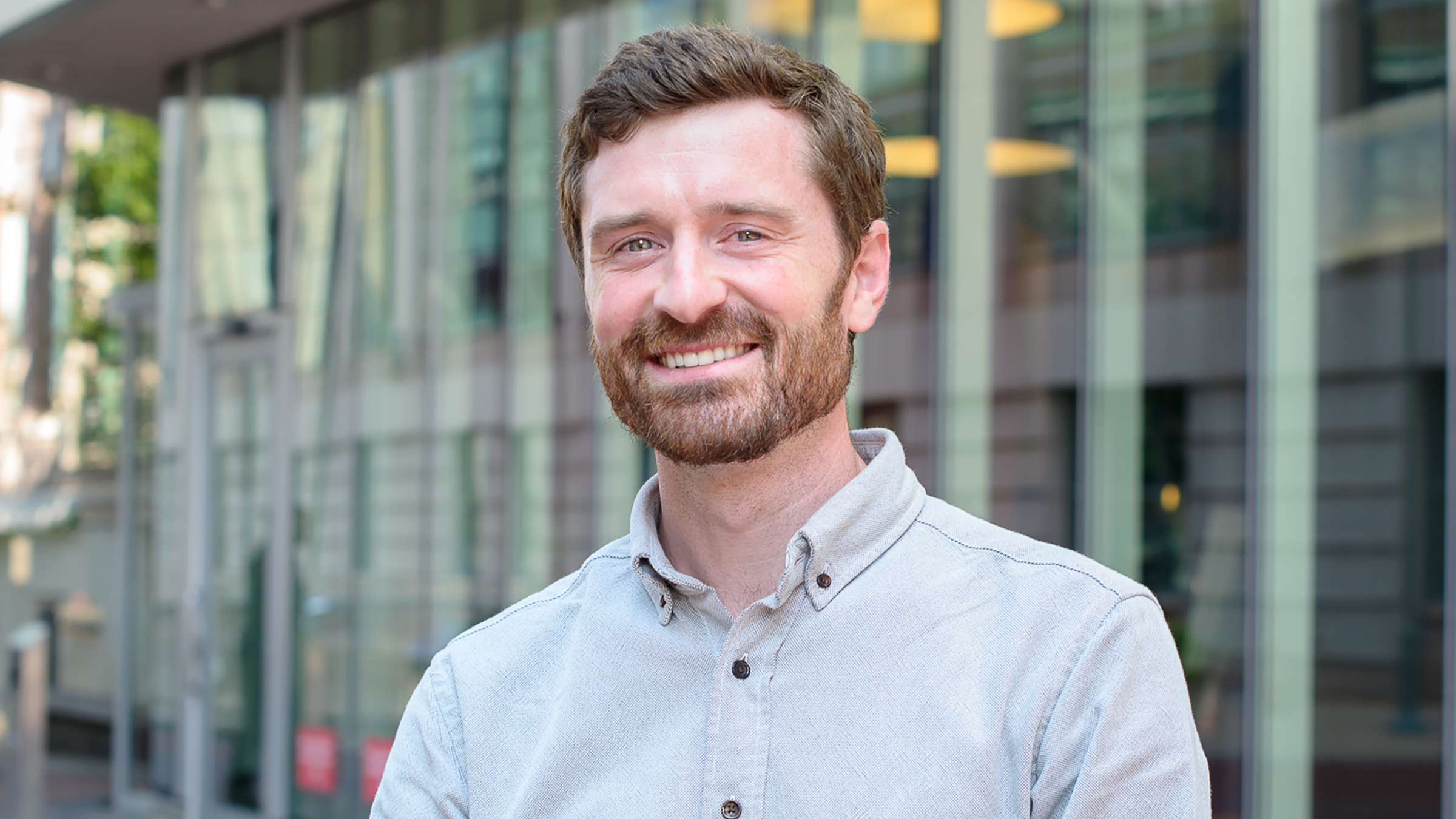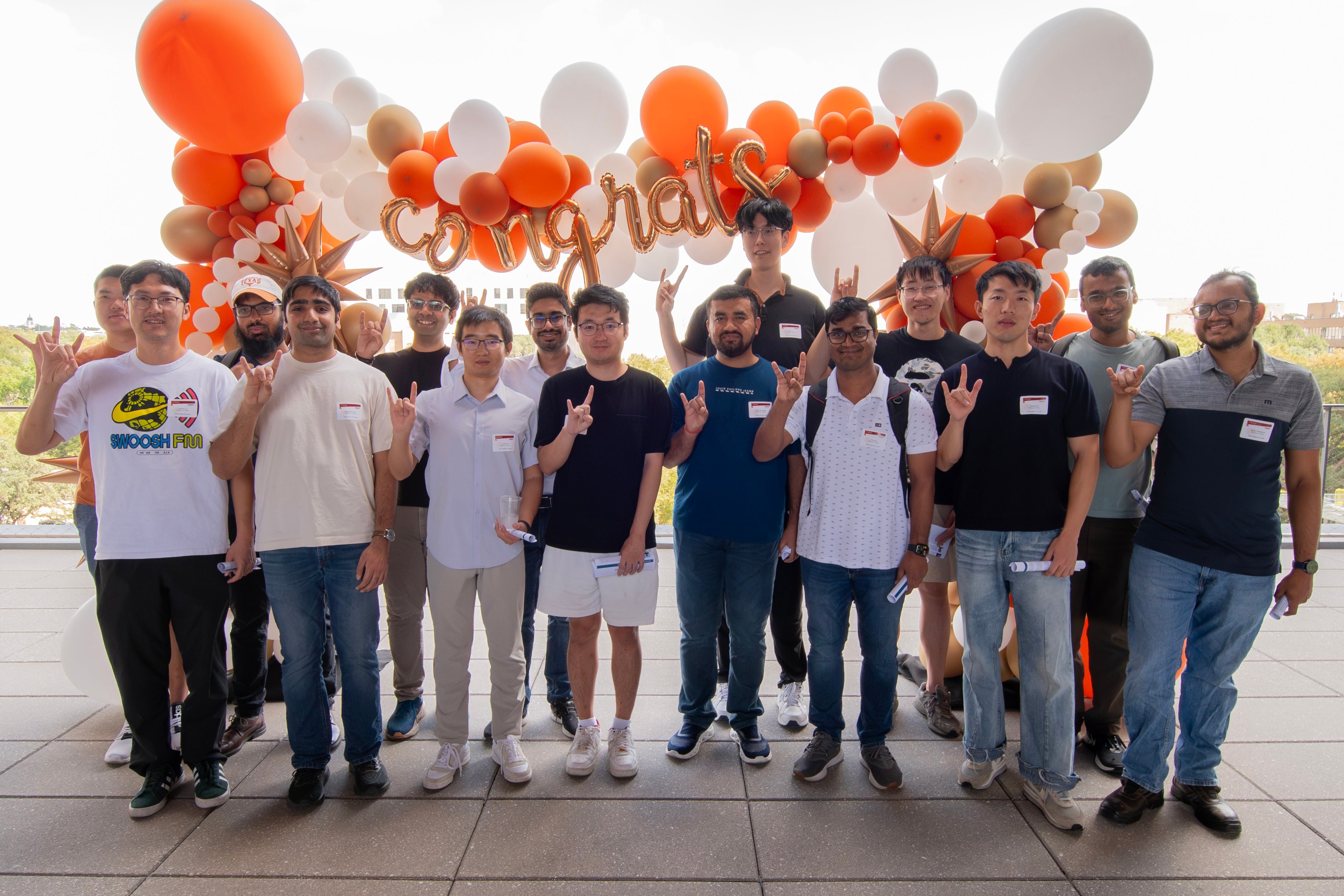Corwin Zigler Uses Statistics to Link Air Pollution to Health Impacts
Meet Corwin Zigler and his research on how changes in air pollution regulations impact people's health, and his decision to join UT Austin's Department of Statistics and Data Sciences.

As a new academic year approaches, we aim to introduce you to some of the scientists and mathematicians in our community, especially faculty who joined our UT community recently. First up: Corwin Zigler, associate professor in UT Austin's Department of Statistics and Data Sciences and in the Dell Medical School's Department of Women's Health.
This summer, Zigler won Epidemiology's Rothman Prize, in recognition of having published the best paper in the journal's last year. Zigler applies tools from statistics to disentangle complex, interconnected drivers of public health.
In one ongoing research project, he studies how changes in air pollution regulations impact people's health. Fine particulate air pollution from power plants, cars and other sources is one of the leading causes of disease burden globally, and Zigler's work helps environmental regulators interpret the evidence of causality in data on the effectiveness of clean air regulations. He is also part of an NSF-funded team collecting activity and behavior data from pregnant mothers using a smartphone app and using artificial intelligence to identify patterns that could help reduce maternal deaths from pregnancy and childbirth.
What brought you to UT Austin and Dell Medical School from the Harvard School of Public Health?
UT is at a very exciting time when it comes to joining statistics, data science, quantitative research and the health sciences. It's a strong university, and the opportunity of the new Dell Medical School, one of the main things that brought me here, is unique.
How do the statistical methods that you have developed, including Bayesian inference and others, shed light on questions in public health?
I'm interested in causal inference––measuring and drawing a conclusion about the downstream causal interaction when some action is taken, whether it's treatment by a doctor, a policy or a public health intervention. And when we do something, can we track the causal interaction, the effects of the action? In the real world, effects can be difficult to track and difficult to isolate. For example, we can't do an experiment where we give some people more air pollution and others less to see how their health outcomes differ. So causal inference in a nutshell is a way to recreate experimental conditions out of the hand we've been dealt in observational data. The statistical methods I develop are designed to isolate specific things in the data, to really take advantage of complex observational studies for evaluation and decision-making.
You talk about the difficulties of determining cause and effect in the real world, where you don't have the benefits of a carefully designed and controlled experiment. What are some of the challenges that you face when looking at health and environment data collected through spatial and observational studies rather than experiments?
One of the big challenges is called interference. The idea here is that people don't exist in isolation; they're connected in some way. For example, we might be connected by a social network or by breathing air from the same power plant. Those types of interconnections make the statistics much more complicated. A lot of biostatistics evolved in the context of a medical clinical trial, but when we start to think about a public health intervention, a clinical trial doesn't work any more, because of the interferences from those connections. So a lot of my work is there, in the impacts from the interconnectedness of people and environments.
So, when you are using statistics to address issues in public and environmental health, two traditionally unrelated fields, which lens do you find yourself looking through more?
What I strive to do is not separate those things. I know that in terms of my joint appointment I technically wear two hats, but I think the best science is done when they're completely interwoven. When I'm thinking about the technicalities of statistics, I'm always thinking about what I know about public health. For example, when I'm thinking about trying to predict some very rare poor medical outcome, I'm actually thinking about that in the context of what I know about, say, prenatal care.
How does your area of research inform policy?
In an ideal world we produce some amount of evidence as scientists and then that evidence is able to be used to form a policy decision. In Dell Med, that would mean we come up with a method and then somebody high up in the healthcare system orients patient care to incorporate it into practice on a large scale. It's not just on a clinician-to-clinician basis––though that is essential. There are higher-level policies and practices that if we can get them right can have a lot of impact.



